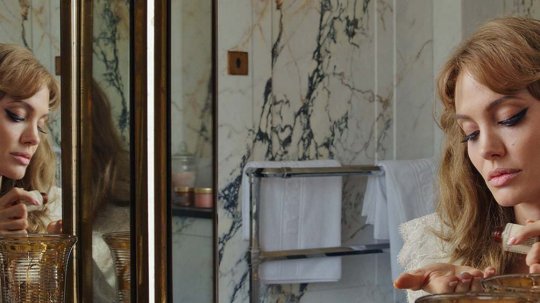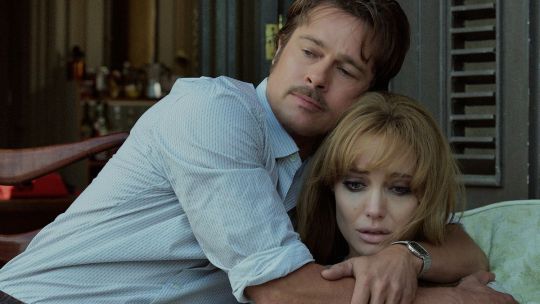The Venomous Beauty of By the Seaby Angelica Jade Bastin
By Yasmina Tawil

[This month, Musings pays homage to Produced and Abandoned: The Best Films Youve Never Seen, a review anthology from the National Society of Film Critics that championed studio orphans from the 70s and 80s. In the days before the Internet, young cinephiles like myself relied on reference books and anthologies to lead us to film we might not have discovered otherwise. Released in 1990, Produced and Abandoned was a foundational piece of work, introducing me to such wonders as Cutters Way, Lost in America, High Tide, Choose Me, Housekeeping, and Fat City. (You can find the full list of entries here.) Over the next four weeks, Musings will offer its own selection of tarnished gems, in the hope theyll get a second look. Or, more likely, a first. Scott Tobias, editor.]
As a woman you learn early and often how beauty is its own currency and how easily it can be turned against you.
Every generation has had otherworldly figures that communicate this truth writ large Lana Turner, Joan Crawford, Elizabeth Taylor, and, of course, Angelina Jolie. In previous generations, actresses learned to make a meal out of the male gaze and its relationship to the contradictory power women can find in using their own beauty as a weapon. This gave us indelible moments like Rita Hayworths striptease in Gilda, Michelle Pfeiffer slinking across the screen in latex as Catwoman in Batman Returns, and pretty much anytime 1950s sex bomb Marilyn Monroe had a camera in front of her. In Sunset Boulevard, when Norma Desmond looks at her past self on-screen with a mix of nostalgia and anger, she isnt just mourning the past of the industry that made her famous, but the power that came with the brand of womanhood she exhibited in her youth. In her third feature as writer-director, By the Sea, Angelina Jolie takes the rarely seen approach of interrogating the art of watching and being watched as a woman through a prickly, even combative female gaze.
At first glance, By the Sea has a simple, even thin plot, with not much to offer. In 1970s Malta, an American couple take a trip to a coastal hotel in hopes of fixing their rotting marriage. Vanessa (Jolie) is a former dancer in a perpetual opiate haze, numbing herself to a past tragedy, while Roland (Brad Pitt) is a formerly successful writer pickling himself with whatever booze is around. Things take a perverse turn when Vanessa discovers a peephole that lets her look into the room of the young, hot, newlyweds next door, La (Mlanie Laurent) and Francois (Melvil Poupaud). For a good portion of the film characters seem remarkably passive they drink, fuck, or lie dazed on balconies.
Upon closer examination, By the Sea proves to be a beguiling mix of existential erotic thriller and tone poeman audacious, challenging film brimming with heady ideas. With profound emotion and visual ingenuity, the film examines how love so often curdles into hate, the art of seeing and being seen, and meta-textually, the currency of movie stars in a cinematic landscape starved of them.




